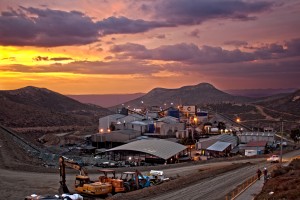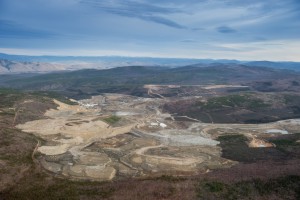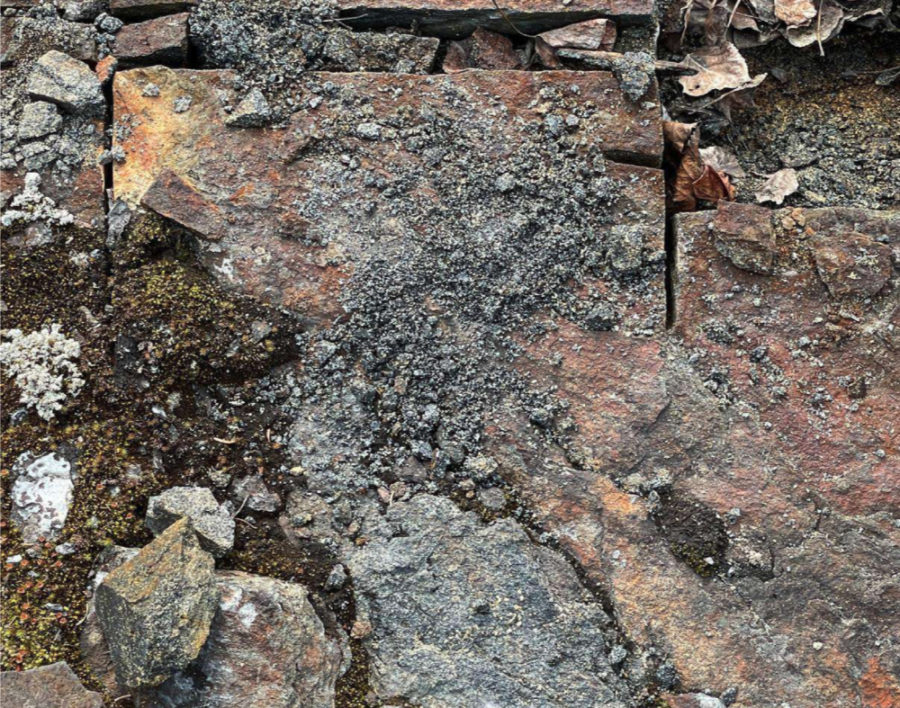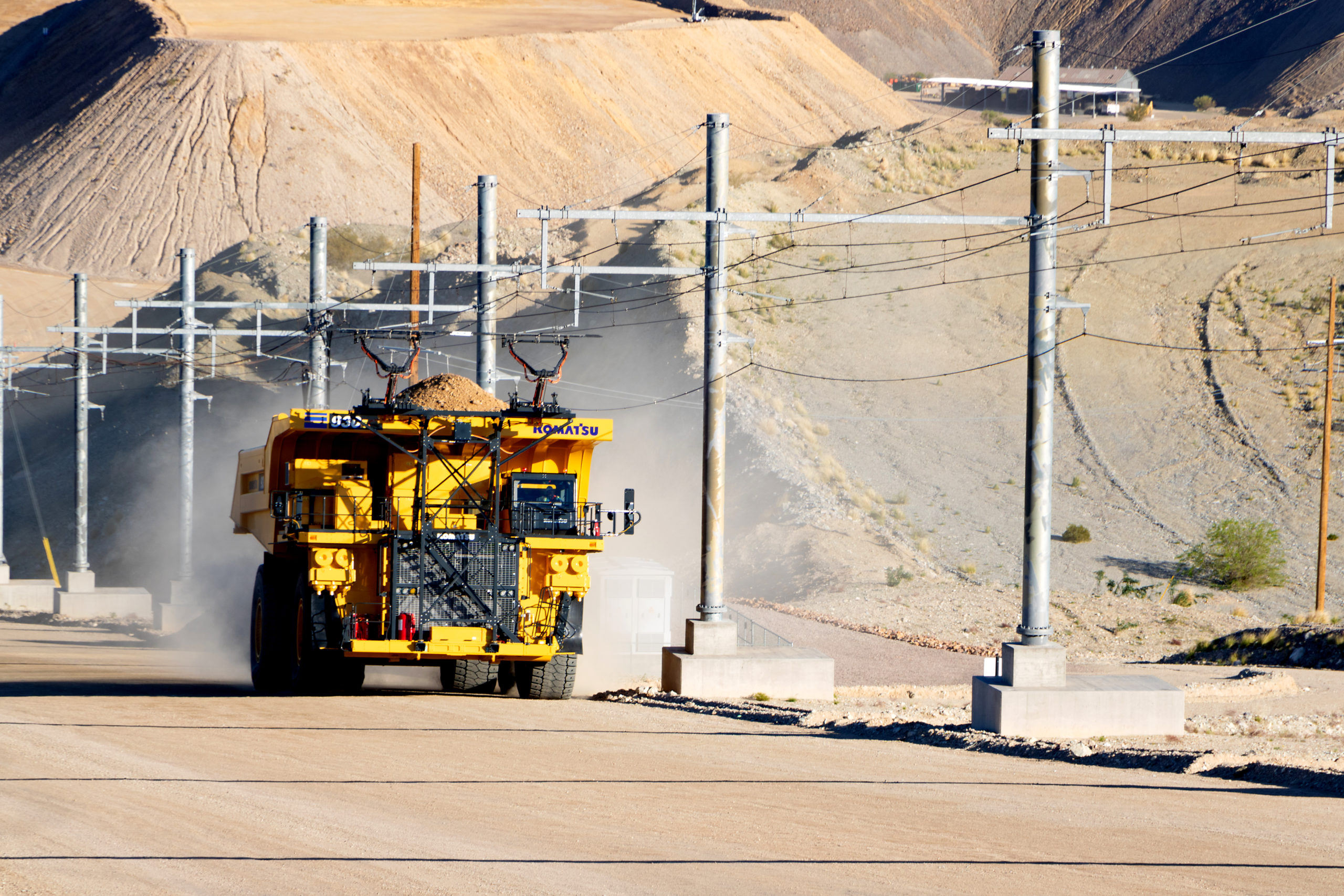Capstone Mining goes beyond Canadian border to work in Mexico and U.S.
Owning and working two mines in two countries outside of Canada obviously poses challenges from a logistical perspective, but for Capstone Mining Corporation of Vancouver, its mines in the United States and Mexico are no different than what’s happening at its flagship mine in Yukon.
In fact, since the company started in 2003, and put its Cozamin Mine in Mexico into production in September 2006 and Minto Mine into production in Yukon in October, 2007, Capstone’s business approach to mining isn’t affected by geographical location.
Its mine plan for all three properties (Pinto Valley in Arizona, Cozamin in Mexico, and Minto in Canada) are based on the same criteria; high production, sustaining cost efficiencies and, a strict environmental program to provide an increased awareness of environmental issues to employees working at its mines.
One distinct plan for three distinct mines works for Capstone as the company continues to prosper from steady production at Minto, Pinto Valley and Cozamin.
In Mexico, for example, the Cozamin Mine, located 3.6km north-northwest of Zacatecas City in north-central Mexico, consists of 44 mining concessions covering approximately 3,445 hectares, with a copper-silver underground mine, and a mill with an operating daily throughput of 3,300 tpd.
In 2014, the 682 workers at the mine produced 19,800 k tonnes of copper from an ore grade of 1.74 per cent, with by-products of silver, zinc and lead. There are approximately 229.3 million pounds of contained copper in reserve.
The mine extends for a strike length of more than 1.5 km and reserves extend to a depth of 800m. Access to the underground workings is obtained from two service and haulage ramps and a hoisting shaft.
Equipment on site includes, in part, four haul trucks, eight loaders, two jumbo drills, two jumbo bolters, two long-hole jumbos, one stope mate, one long-hole Cubex, two on-high trucks, one scissor lift, two telehandlers, two utility trucks for diesel fuel and finally, a passenger bus to transport miners and other workers to and from the site.
It’s a large fleet, but one that’s needed to support the mine’s production processes.
Tomas Iturriaga-Hildago, Vice President of Capstone’s North American Operations, says there are three mining methods being used at the mine: over-hand, cut-and-fill using waste rock fill; Avoca retreat, using waste rock fill, and: longitudinal longhole open-stoping with delayed waste rock fill.
On surface, the ore is treated through a crushing circuit with primary, secondary and tertiary crushers, a grinding circuit featuring two primary ball mills and one regrind ball mill, and flotation/ thickening/filtration circuits for copper and silver concentrates, plus fully equipped assay and met labs.
Obviously, ‘production’ is one of Capstone’s top priorities and at Cozamin, the company is now also undertaking the construction of a backfill system to improve underground stability, and accelerate a back-fill plan to enable it to recover high-value remnant pillars, and reduce tailings storage capital costs for surface storage.
And furthermore, improved material handling in the mine is ongoing to reduce haulage costs, provide better access to deeper material, and to improve ventilation.
The mine is connected to the national power grid with current approval to draw 10.5 MW with on-site generators, both operating and back-up, have a capacity of 1.0 MW.
The mine sources its process mills and mine water supply from seasonal rainfall, permitted wells, groundwater inflow from abandoned mines and a municipal waste water treatment plant.
When it comes to tailings, a dam is located on the south side of the property and thanks to a recent lift, the tailing storage facility is expected to add 1.47 million cubic metres of volume and extend Cozamin’s mine life for an additional two years of mining.
The mine life of Cozamin is now expected to reach 2020.
Back in the United States at its Pinto Valley mine in Arizona, located about 125km east of Phoenix, Capstone is also busy working the mine that it put into production just two years ago.
With measured and indicated mineral resources at 1,604,266 million tonnes grading 0.31 per cent copper, the openpit Pinto Valley mine isn’t as rich as Cozamin, but with an estimated mine life to 2026, work underway to significantly extend the mine life, and a planned operating throughput of approximately 52,000 tpd, the Arizona mine holds great promise for Capstone’s future.
In fact, Pinto Valley is geared to the future thanks to an upgrade to its equipment fleet including 19 haul trucks, two hydraulic shovels, one loader, four track dozers, three water trucks, three graders, one tire dozer, three rotary blast hole drills and one air-track drill.
The mine is an open-pit operation with an L-shaped pit that is approximately 340m deep, 1550m wide, and 2170m long, with its ore processing, tailing storage, waste rock, and maintenance facilities located on the property in close proximity to the pit.
From a production perspective, the mine features new and upgraded electrical controls, and upgrades to the primary, secondary and tertiary crushers, six ball mills, plus copper concentrate and molybdenum flotation circuits.
Investments were also made by BHP Billiton, the mine’s former owner in Pinto Valley’s low-grade dump leach field, its pumping extractions network, and the electrowinning and raffinate distribution systems.
And, like at its Cozamin mine, Capstone is increasing its tailings capacity to match its new Mine Plan for new tailings components including pipelines, booster station upgrades, and an extensive environmental program.
Between its Cozamin mine in central Mexico, to the Pinto Valley mine midway on the North American continent in Arizona, to its Minto mine in Yukon, Capstone Mining Corporation of Vancouver is one company that truly know what it takes to own and operate mines in different countries and it represents Canada well on the international mining scene.







Comments